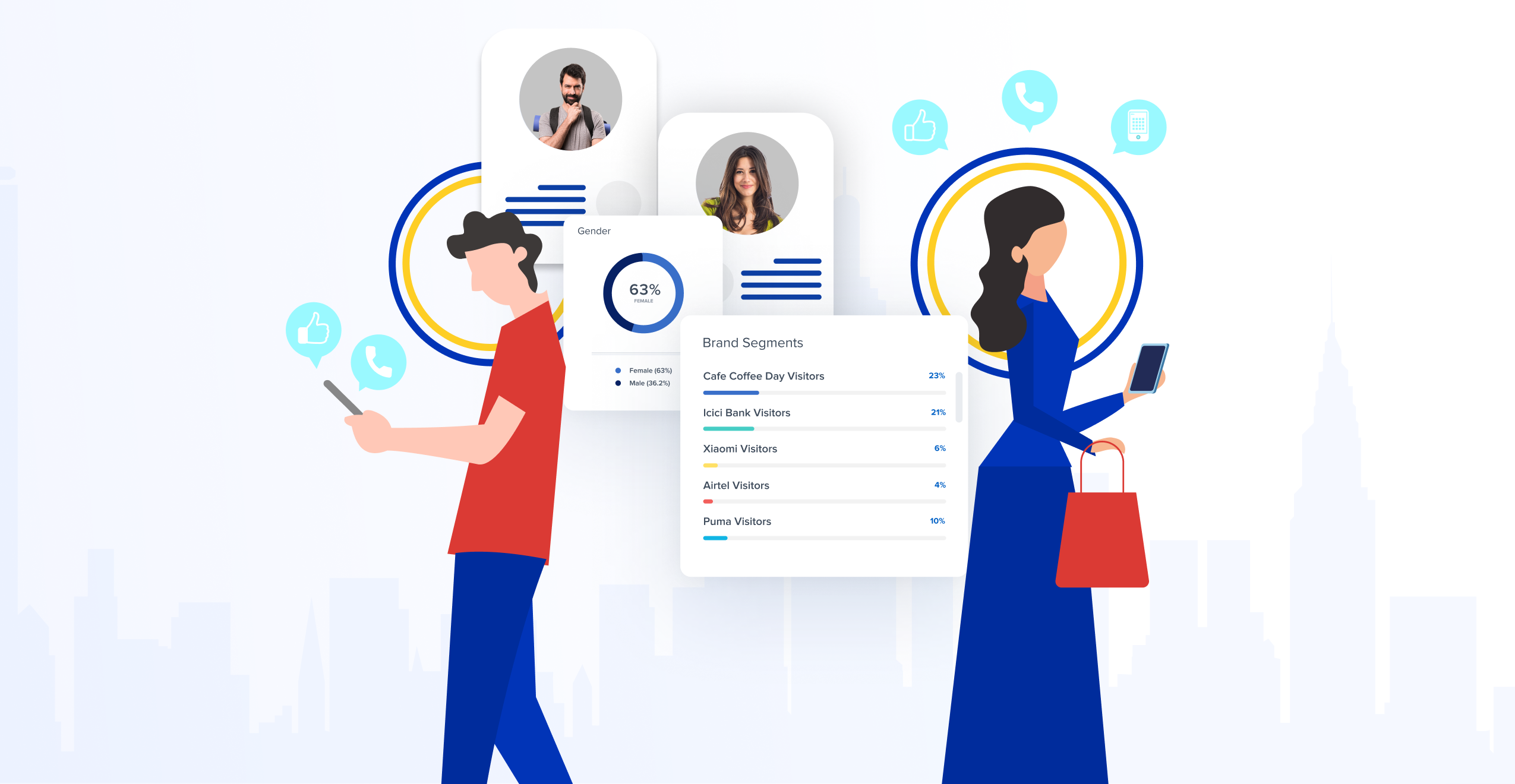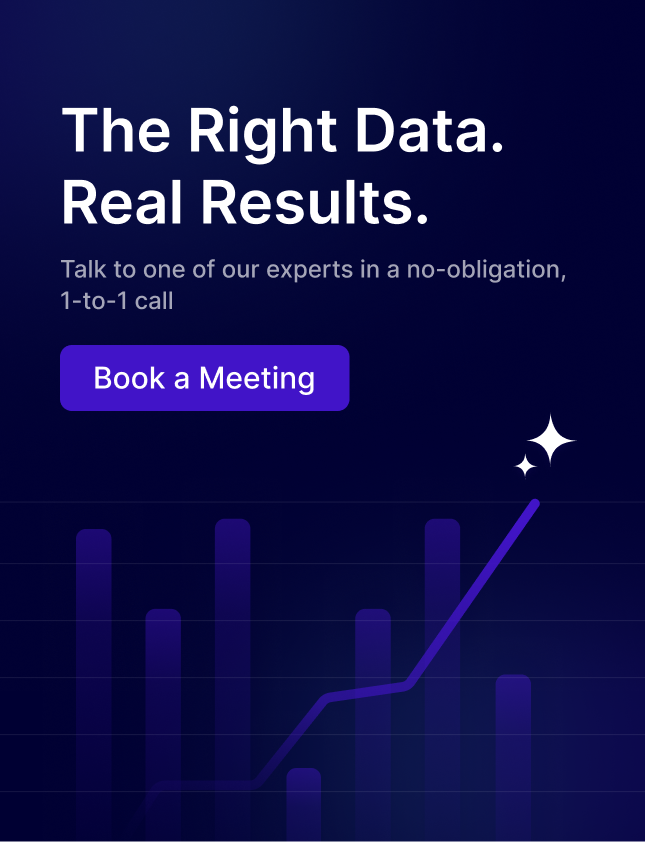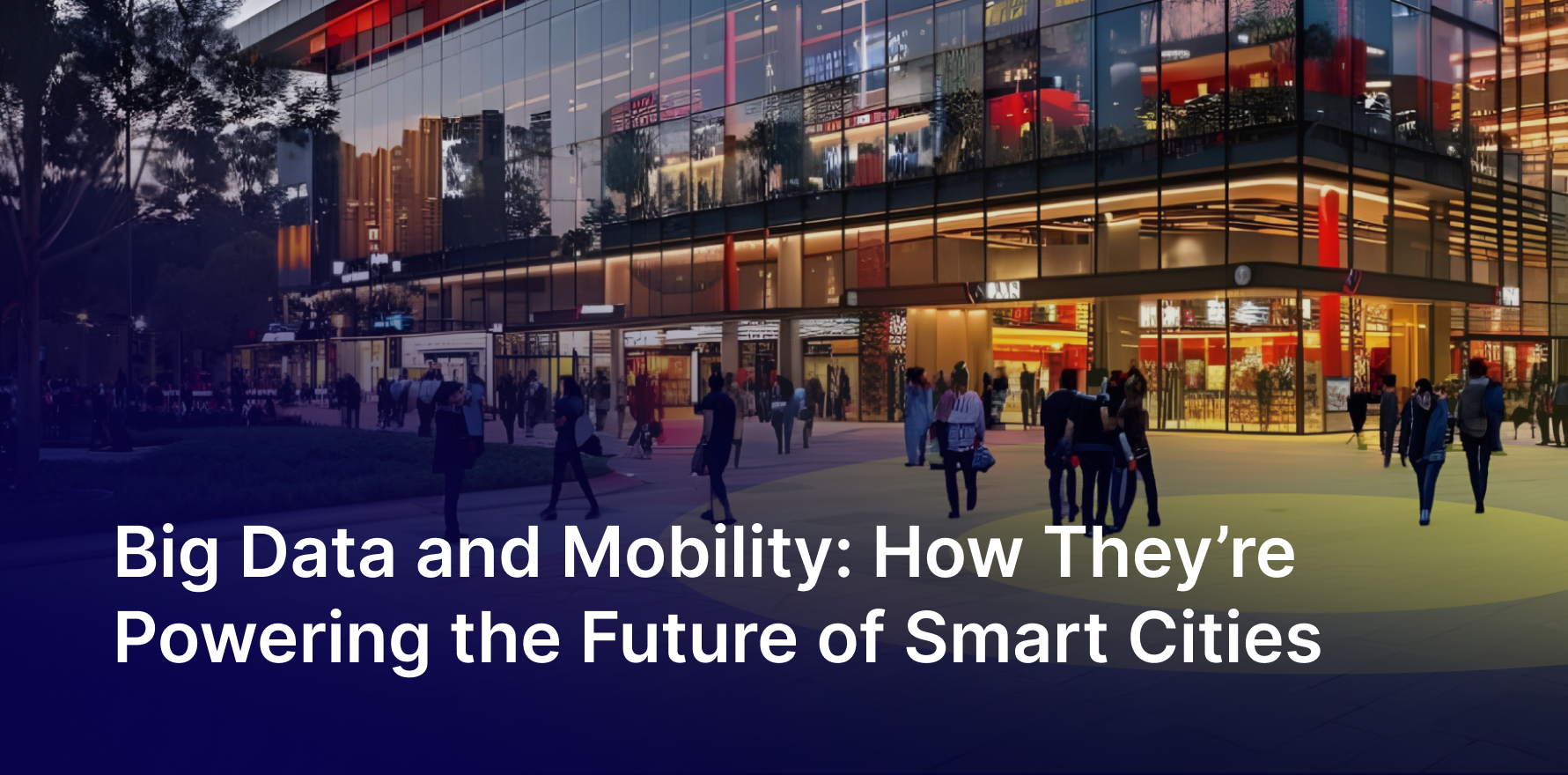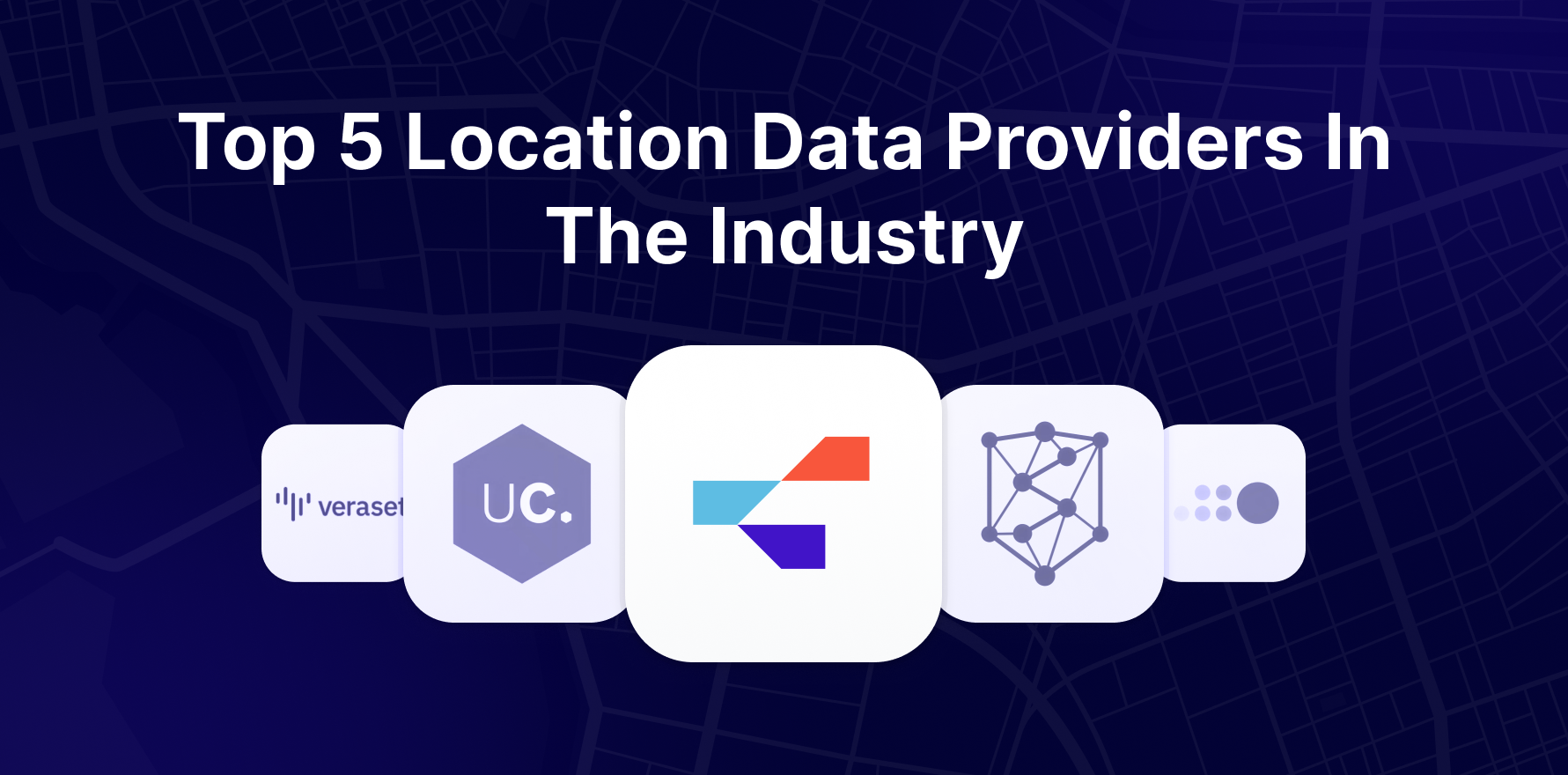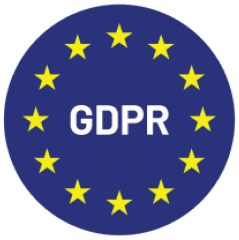All brands want to find and acquire as many in-market customers as possible. Essentially, that makes customer acquisition one of the most critical outcomes of all advertising and marketing initiatives. But often, thanks to little data and fickle customers, customer acquisition can also be one of the most difficult initiatives. To succeed, brands must invest significantly in seeking deep customer insights and providing a hyper-personalized, engaging, and contextual experience at every touchpoint.
How Data Enrichment Powers Strong Customer Acquisition
Customer acquisition, or the process of gaining new customers, is essentially about finding new individuals that have a lot in common with the brand’s existing customers. When brands take this approach, their likelihood of success is much higher. But is first party data enough for this lookalike modelling? The answer is a resounding no. Therefore, we recommend data enrichment and lookalike modelling to brands pursuing customer acquisition. How does it work?
We will use an example of a recent successful campaign to illustrate it. A high end personal care brand recently came to us with a unique challenge. They were launching a new high-end keratin shampoo brand. With tons of high end hair care categories already under their belt, the challenge was to find new customers to market their keratin shampoo to. We took a two-phased approach to find the right customers to acquire –
Phase 1: Data enrichment
We first enriched the data of their existing hair care customers with insights beyond first party data. This included personal care content these customers consumed on their devices, the high end salons and spas they visited, affluence levels, and demographics such as age and gender.
Phase 2: Lookalike modelling
In this phase, we created an entirely new customer segment for the brand. This segment included women who had the same traits as the brand’s existing customers. Lookalike modelling scaled the reach for the new product ads and ensured that our targeting was hyper-accurate. The campaign was activated for these specific audience segments, delivering hyper-personalized messaging across channels. The result? 40% increase in online search and store inquiries about the new keratin shampoo.
A High ROI customer acquisition process
Brands use customer acquisition processes to understand the value of each customer by measuring the ROI each customer brings to the business. One thing is key – the lower the marketing spend required to acquire a new customer, the higher the ROI. This metric is critical for brands pursuing customer acquisition.
Our workflow for the personal care brand was based on a unique customer acquisition process that we define for brands seeking this offering from us.

Factori powers high ROI customer acquisition at scale
We will tell you this. A strong customer acquisition program requires a partner that can manage all four steps of the process with high competence and high quality data. At Factori, we offer all that and more. Our Customer Intelligence platform is designed to deliver customer acquisition at scale, with rich features including Identity Resolution and Data Enrichment, Audience Activation, and Insights & Measurement.
Get in touch with us today to start your journey of high ROI customer acquisition strategies. We’re here to help!
You may also like

